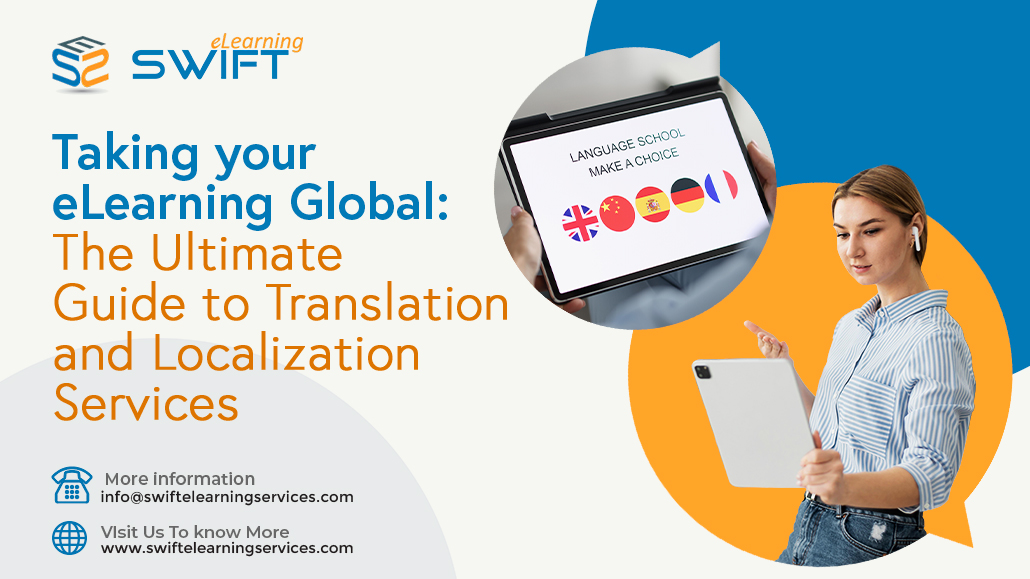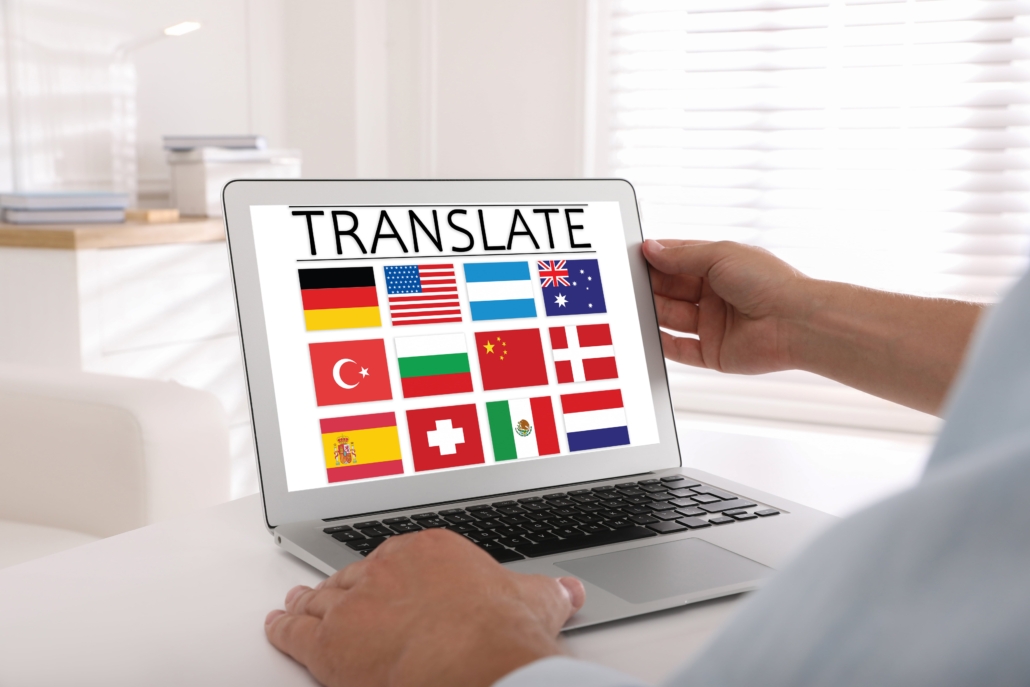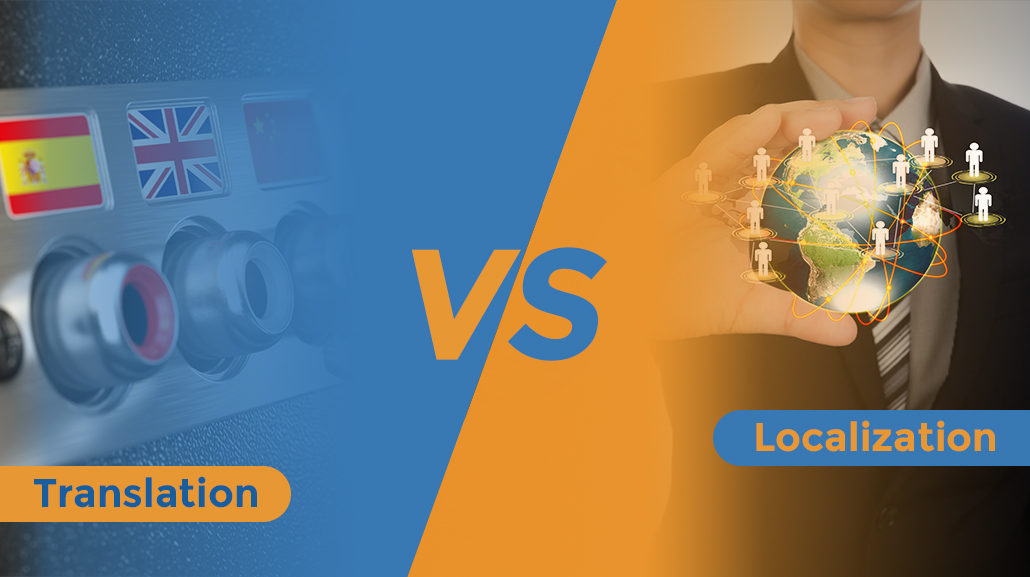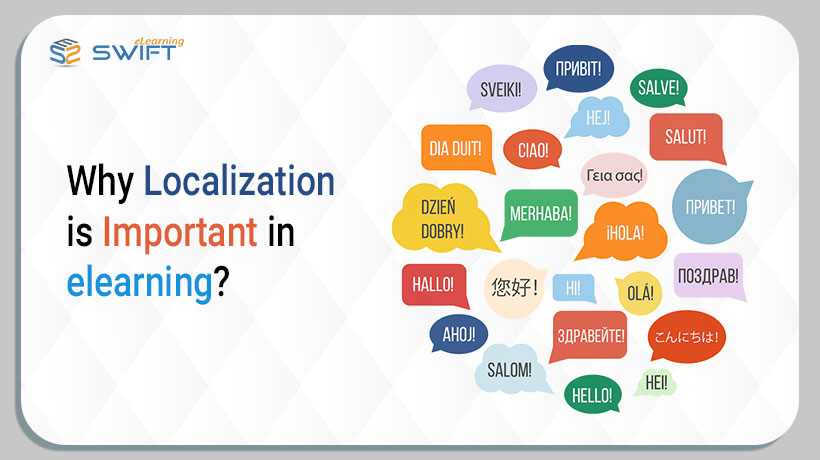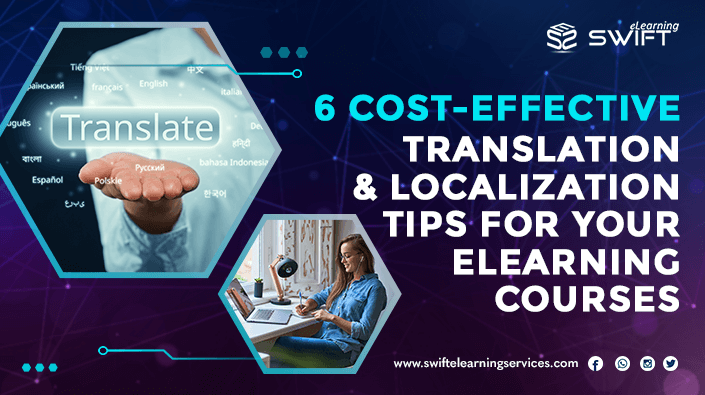Taking your eLearning Global: The Ultimate Guide to Translation and Localization Services
Are you looking for comprehensive information about translation and localization services? Look no further! This ultimate guide covers everything you need to know, from the basics to the latest trends in the industry. Read on to become an expert in translation and localization services.
In today’s interconnected world, businesses are expanding their horizons beyond borders. To reach a global audience, effective communication is crucial. This is where translation and localization services come into play.
Whether you are a multinational corporation or a small business looking to grow internationally, understanding the importance of accurate and culturally-sensitive translation is essential. In this ultimate guide, we will delve into the intricacies of translation and localization services, exploring their benefits, key concepts, best practices, and much more.
1. What Are Translation and Localization Services?
Translation and localization services are the process of converting content from one language to another while adapting it to suit the cultural nuances and preferences of the target audience. It goes beyond mere word-for-word translation, encompassing the context, tone, and idiomatic expressions of the language being translated into.
2. Why Are Translation and Localization Services Essential?
In a globalized world, businesses need to resonate with their audience in various regions. Here’s why translation and localization services are indispensable:
2.1 Global Market Reach:
With translation and localization, you can break language barriers and connect with potential customers worldwide.
2.2 Cultural Relevance:
Localization ensures that your content is culturally relevant and sensitive, avoiding any unintended cultural faux pas.
2.3 Improved Customer Experience:
By providing content in customers’ native languages, you enhance their experience and build trust.
2.4 Search Engine Optimization (SEO):
Translating and localizing content boosts your online visibility in different regions and languages.
3. The Translation Process
Translating content involves a systematic process to ensure accuracy and quality. Here are the key steps in the translation process:
3.1 Preparation:
Define the project scope, set goals, and gather all the source materials to be translated.
3.2 Translation:
Professional translators, native speakers of the target language, work on converting the source content.
3.3 Editing:
An editor reviews the translated content for accuracy, clarity, and adherence to the intended message.
3.4 Proofreading:
A final check for grammar, spelling, and formatting errors is conducted to deliver a polished output.
4. The Localization Process
While translation focuses on the language, localization is all about adapting the content to the target culture. It involves various aspects, such as:
4.1 Cultural Adaptation:
Tailor content to resonate with the cultural norms, values, and preferences of the target audience.
4.2 Date and Time Formats:
Adjust date and time formats to match the conventions used in the target region.
4.3 Currency and Measurement Units:
Convert currency and measurements to the local standards.
4.4 Images and Graphics:
Replace visuals with culturally appropriate images and graphics.
5. Challenges in Translation and Localization
Despite the benefits, translation and localization come with their set of challenges. Some of the common challenges include:
5.1 Idiomatic Expressions:
Translating idioms can be tricky, as they often don’t have direct equivalents in other languages.
5.2 Complex Technical Content:
Technical jargon and specialized terminology require translators with domain expertise.
5.3 Cultural Nuances:
Adapting content to cultural nuances requires a deep understanding of the target culture.
5.4 Consistency:
Ensuring consistency across translated materials is crucial for brand image and recognition.
6. The Role of Technology in Translation and Localization
Advancements in technology have revolutionized the translation and localization industry. Here are some key technological tools and trends:
6.1 Machine Translation (MT):
AI-driven MT engines have improved significantly, offering faster and more accurate translations.
6.2 Computer-Assisted Translation (CAT) Tools:
CAT tools aid human translators, ensuring consistency and efficiency.
6.3 Translation Management Systems (TMS):
TMS streamlines the translation workflow, improving collaboration and project management.
6.4 Neural Machine Translation (NMT):
NMT utilizes artificial neural networks for more contextually relevant translations.
7. Best Practices for Translation and Localization Services
To achieve seamless and effective translation and localization, consider the following best practices:
7.1 Know Your Target Audience:
Understand the cultural preferences and sensitivities of your target audience.
7.2 Use Professional Translators:
Hire experienced and qualified translators to ensure accurate and high-quality translations.
7.3 Maintain a Glossary:
Create a glossary of key terms to maintain consistency throughout the translated content.
7.4 Test Localization:
Conduct thorough testing of the localized content to ensure it aligns with the target culture.
8. The Future of Translation and Localization Services
As businesses continue to expand globally, the demand for translation and localization services will only increase. Looking ahead, the future of the industry is likely to be shaped by:
8.1 AI Advancements:
AI-driven translation technologies will become more sophisticated and accessible.
8.2 Real-Time Translation:
Instant translation services will facilitate seamless communication across languages.
8.3 Multilingual Voice Assistants:
Voice assistants will support multiple languages, enhancing user experience worldwide.
8.4 Enhanced Neural Networks:
NMT will continue to improve, delivering more accurate and contextually relevant translations.
9. Swift eLearning Services: Your Trusted Partner for Translation and Localization Excellence
Are you ready to take your business to new global heights? Swift eLearning Services is here to empower your international success with top-notch translation and localization solutions. With our expertise, your content will transcend linguistic boundaries and resonate with audiences worldwide. Let us be your trusted partner on the journey to conquering new markets and building lasting connections with diverse cultures.
10. Why Choose Swift eLearning Services for Translation and Localization?
10.1 Unrivalled Expertise
Swift eLearning Services boasts a team of skilled linguists and localization specialists with years of experience in various industries. We understand the nuances of languages and cultures, ensuring impeccable and culturally-sensitive translations.
10.2 Comprehensive Solutions
Whether you need content translated into multiple languages or localized to specific regions, we have you covered. Our comprehensive services cater to diverse requirements, ensuring your message reaches the right audience.
10.3 Cutting-Edge Technology
We leverage the latest translation and localization tools, including AI-driven machine translation and neural networks, to deliver accurate and efficient results.
10.4 Data Security and Confidentiality
Your content’s security is our top priority. We adhere to strict data protection measures, and all our team members sign Non-Disclosure Agreements (NDAs) to maintain confidentiality.
11. The Swift eLearning Services Translation Process
11.1 Project Analysis
We begin by understanding your project’s scope, goals, and target audience. This analysis helps us tailor our services to your specific needs.
11.2 Expert Translation
Our expert translators, all native speakers of the target language, ensure that your content is translated accurately and maintains its original intent.
11.3 Localization Excellence
Our localization specialists adapt your content to suit the cultural norms, preferences, and nuances of the target regions, making it resonate with the local audience.
11.4 Quality Assurance
Every translation undergoes a rigorous quality check to ensure precision, consistency, and adherence to the highest standards.
12. Industries We Serve
At Swift eLearning Services, we cater to a wide range of industries, enabling businesses from various sectors to excel in global markets. Some of the industries we serve include:
12.1 ELearning
Localize your e-learning courses to provide effective and engaging learning experiences to learners worldwide.
12.2 Software and IT
Reach a broader user base by translating software interfaces, documentation, and user manuals accurately.
12.3 Healthcare
Ensure patients and medical professionals understand crucial medical information by translating healthcare content with precision.
12.4 Legal
Accurate legal translations are essential for international contracts, agreements, and patents. Trust us to handle your legal translations flawlessly.
12.5 Marketing and Advertising
Effectively communicate your brand’s message across borders with culturally relevant marketing content.
13. Partner with Swift eLearning Services Today
Don’t let language barriers hinder your global aspirations. Partner with Swift eLearning Services and unlock the power of effective translation and localization. Our team of experts will work closely with you to ensure your content shines in every language and resonates with diverse cultures. Together, let’s conquer new markets and establish your brand as a global force to be reckoned with.
Reach out to us today at www.swiftelearningservices.com to get started on your journey to international success.
14. Conclusion – Taking your eLearning Global: The Ultimate Guide to Translation and Localization Services
Translation and localization services are the pillars of effective global communication. By breaking language barriers and adapting content to resonate with diverse cultures, businesses can connect with audiences worldwide. Embracing the best practices and leveraging the power of technology will ensure accurate, culturally-sensitive, and impactful translations. As the world becomes more interconnected, the role of translation and localization services will continue to be integral to successful global expansion.
15. FAQ’s About Taking your eLearning Global: The Ultimate Guide to Translation and Localization Services
Can I Use Machine Translation Instead of Professional Services?
While machine translation has come a long way, it still lacks the human touch needed for nuanced and culturally sensitive translations. For accurate and contextually appropriate content, professional translation services are recommended.
How Long Does the Translation and Localization Process Take?
The timeline varies based on the project’s scope and complexity. Simple projects may take a few days, while larger and more intricate ones can take several weeks.
Is Localization Only for Large Enterprises?
No, localization benefits businesses of all sizes. Even small businesses can expand their reach by connecting with a broader international audience through localized content.
What Industries Benefit Most from Translation and Localization Services?
Virtually all industries can benefit from translation and localization. However, industries with a global presence, such as e-commerce, travel, and software, find these services particularly crucial.
How Do I Ensure Confidentiality of My Content during Translation?
Opt for translation agencies that offer Non-Disclosure Agreements (NDAs) and have robust data security protocols to safeguard your content.
Can I Localize My Website on My Own?
Localizing a website involves multiple complexities, and a DIY approach may lead to inaccuracies. It’s best to rely on professional translation and localization services for optimal results.

